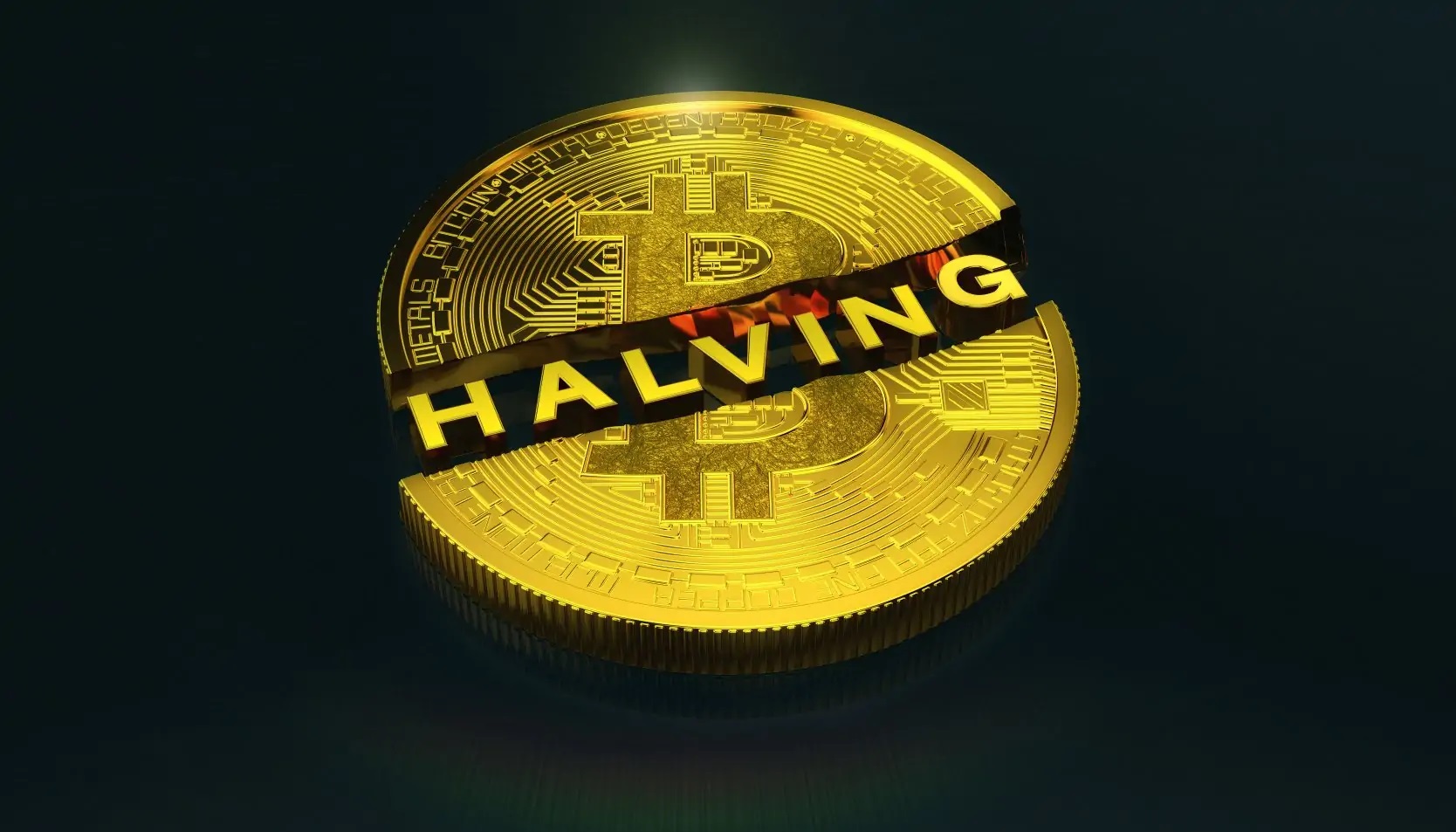Web3 startup Outlier Ventures has announced that the widely believed four-year cycle in Bitcoin’s price action has ended following what it describes as the cryptocurrency’s worst post-halving performance to date.
“Four months after the last Bitcoin halving, we are witnessing the worst price performance after any halving to date,” Jasper De Maere, Head of Research at Outlier Ventures, said in a report.
Bitcoin halving events, which occur approximately every four years and reduce miners’ block rewards by 50%, have traditionally been seen as catalysts for significant price increases.
However, this year’s halving, which took place on April 20 and reduced the block reward from 6.25 BTC to 3.125 BTC, did not spark the usual bullish momentum. Instead, Bitcoin’s price fell by nearly 8% 125 days after the event, marking the weakest post-halving performance in cryptocurrency history.
Historically, Bitcoin has made significant gains following halving events: a 739% increase after the 2012 halving, a 10% increase after the 2016 halving, and a 22% gain after the 2020 halving.
But De Maere argues that 2016 was the last halving to have a “significant, fundamental impact” on Bitcoin’s price, attributing the diminishing impact to the maturation of the digital asset market, where Bitcoin’s block subsidy rewards have become negligible.
De Maere noted that while the halving still holds psychological significance, its impact on the market has diminished. He cited data showing that the potential market impact of all miners selling their rewards immediately would be just 0.17% of volume today, compared to 1% to 5% in the years leading up to 2017.
The report also dismissed the idea that the approval of spot Bitcoin exchange-traded funds (ETFs) earlier this year could explain the lack of post-split price momentum.
While some have argued that these ETF approvals are driving demand, De Maere argued that the ETF approval process and the halving are driven by different market forces, namely demand and supply respectively, and are not mutually exclusive.
*This is not investment advice.










